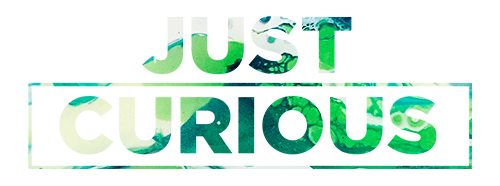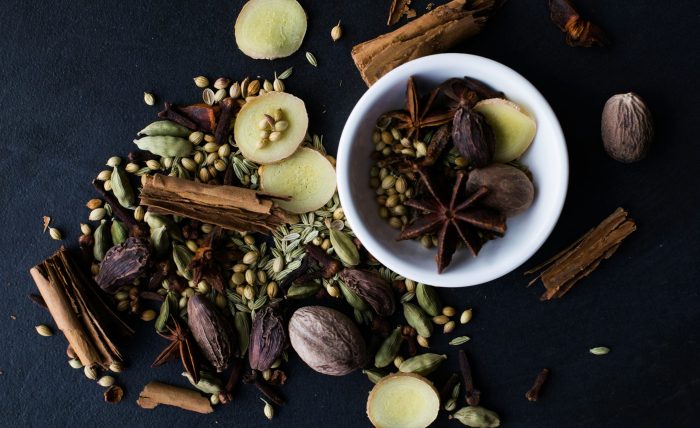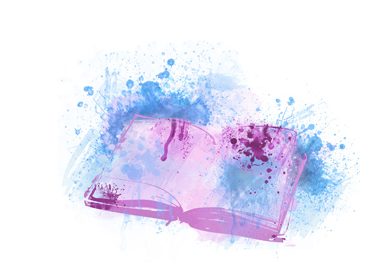But Did You Bring Cloves?
Q.
The wasps – ugh – were at peak annoying this summer. ‘I’m sorry, did you think we would just let you sit outside?’ Were those giant monsters murder hornets, or just garden variety villains fat from all the sugar water they were stealing from the hummingbirds?
To combat this vespine invasion, some outdoorsy folks stuffed their pockets with a secret weapon: cloves. You’d see them nibbling on clove-infused treats, rubbing the buds up and down their arms and legs. Others would drip clove bud essential oil into their creams and screens before slathering themselves head to toe.
Is there something to this clove repellant? And how else have people used these unopened flower buds of the Syzygium aromaticum tree over centuries?
.
A.
Our wily woodspeople will find backup for their clove tactics in 2013 research by Zhang and Schneidmiller in the ‘Journal of Pest Management – 💪🏽 – Science’:
‘Two essential oil mixtures – 3EO-mix (clove, geranium and lemongrass) and 4EO-mix (clove, geranium, lemongrass and rosemary) – totally blocked the attraction of vespid workers….These repellent essential oils and their active compositions have great potential for efficient, environmentally sound semiochemical-based IPM of pestiferous vespid wasps.’
And how have cloves been employed beyond the world of pest management?
.
.
This native flower bud of the Maluku Islands in Indonesia has long caught the attention of cooks, traditional healers, and home brewers.
• Han Dynasty Emperors were said to demand that their subjects chew cloves to sweeten their breath before approaching for conversation.
• Saint Hildegard included cloves in her compendium of ‘spices that bring joy.’ ‘Cloves are extremely warm by nature,’ she said, ‘with a certain humidity which gives them gentleness, much like the moist gentleness of honey.’ ‘One who has the hiccoughs,’ Hildegard added, ‘should chew cloves often.’
• For better or for worse, healers have used clove oil to treat ailments from toothaches to anal fissures and liver disorders.
.
.
• The 1866 Cook Book of Mrs. Malinda Russell – the first known book of published recipes from an African American chef – incorporated cloves in a number of recipes. In her Wedding Cake, we find: ‘Three lbs flour, three lbs butter, three lbs sugar, six lbs currants, six lbs raising, one ounce nutmeg, one ounce cinnamon, one ounce cloves, half a gill of brandy, one gill of rose water and thirty eggs.’
Mrs Russell’s Pickled Peaches were enhanced by the warmth of cloves: ‘To one gallon vinegar add four lbs sugar; boil and scum. Take elingstone peaches, fully ripe, rub off the down, stick into each three or four cloves, put into a stone jar, pour over them the boiling liquid, cover the jar closely, set in a cool place for a week or two. Pour off the liquor and boil as before, then return it to the fruit boiling hot; cover carefully for future use.’
This pioneering chef even provided a recipe for clove-enhanced Cologne. ‘Take oil rosemary and lemon, each 1-4th oz, oil bergamot and lavender each 1;8th oz, oil cinnamon, eight drops oils clove and rose fifteen drops, alcohol two quarts. Mix and shake well two or three times a day for a week.’
.
If you’re looking to brew some of your own clove magic, now may be the time to secure a bag. The fat wasp battle may be done for the year, but those aromatic buds will soon find themselves much in demand for holiday fruit cakes – yum? – and mulled drinks.
.
www.justcurious.ca
Header Photo: Amitha A R
Photo 2: Emily Wade










